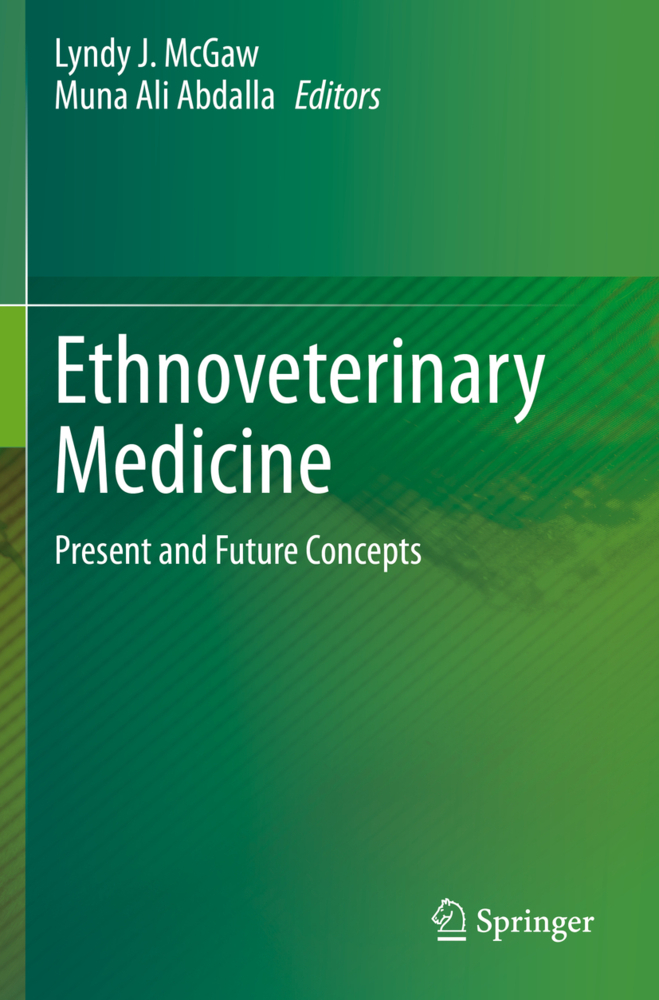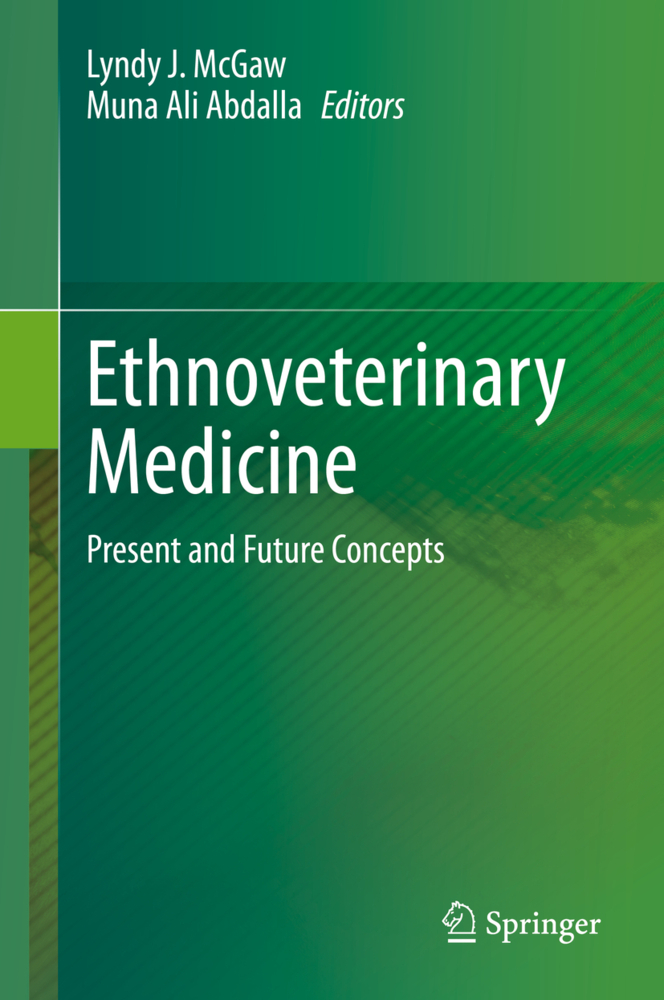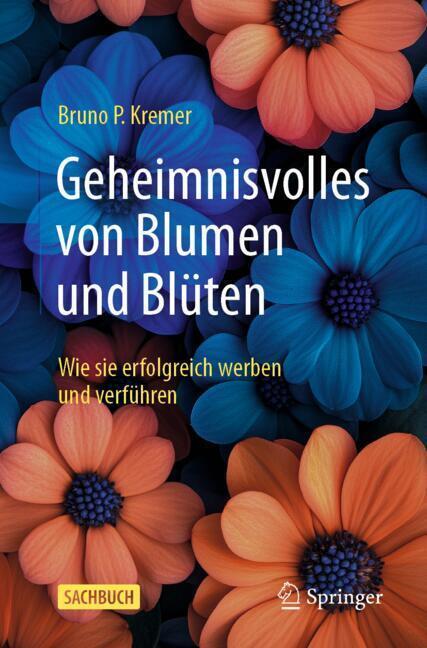Ethnoveterinary Medicine
Present and Future Concepts
Ethnoveterinary Medicine
Present and Future Concepts
The importance of a complementary approach to animal health is highlighted in this book, with core themes encompassing reviews of traditional veterinary medicine for common diseases afflicting livestock, as well as local practices in different areas of the world. The book includes chapters on ethnoveterinary medicine used to prevent and treat ticks and tick-borne diseases, infectious diseases and parasites. Ethnoveterinary practices in parts of the world which have not been comprehensively reviewed before are highlighted, including Estonia, Belarus and the Maghreb - the north-western tip of Africa. A fascinating account of African ethnoveterinary medicine and traditional husbandry practices is provided by a veteran in the field with a wealth of practical experience in the area. Neglected areas of research involve the relationship of ethnoveterinary medicine with environmental, ethical, cultural and gender aspects, and leading experts explore these issues.
The book is intended to provide an informative compilation of current research and future prospects in ethnoveterinary medicine, which hopes to inform and encourage investigations in new directions. Sustainable development requires a concerted effort to combine indigenous knowledge systems with scientific research to improve animal health. This is the case not only in rural areas where access to orthodox veterinary health care may be limited, but also against the backdrop of antibiotic resistance and increased demand for alternative and complementary therapies to enhance the health of both production and companion animals. Students, academics and veterinary professionals will find this book a useful addition to knowledge on present and future aspects of ethnoveterinary research.
Chapter 2. The pharmacological and nutritional significance of plant natural products: An alternative for animal health
Chapter 3. Alternative antimicrobials - medicinal plants and their influences on animal infectious diseases
Chapter 4. Herbs used for horses in British Columbia and Trinidad and Tobago
Chapter 5. Plants for controlling parasites in goats
Chapter 6. Ethnoveterinary practices for control of ticks in Africa
Part II. Sociological aspects and considerations relating to documentation of ethnoceterinary medicine
Chapter 7. Gender aspects and multiple contexts in ethnoveterinary practice and science
Chapter 8. Towards a better understanding of African ethnoveterinary medicine and husbandry
Part III. Ethnoveterinary medicine around the world
Chapter 9. Ethnoveterinary medicine and medicinal plants used in the treatment of livestock diseases in Cameroon.-Chapter 10. Ethnoveterinary medicinal plants used in South Africa
Chapter 11. Ethnoveterinary plants and practices for the control of ticks and tick-borne diseases in South Africa
Chapter 12. Ethnoveterinary medicine: a Zimbabwean perspective
Chapter 13. Ethnoveterinary medicine in the Maghreb
Chapter 14. Natural remedies for animal health in Latin America
Chapter 15. Local practice of cattle farming and ethnoveterinary medicine in Estonia: case study of Saaremaa and Muhumaa
Chapter 16. Belarusian ethnoveterinary medicine: ritual practices and traditional remedies
Chapter 17. The use of medicinal plants for animal health in the Spanish inventory of traditional knowledge
Index
The book is intended to provide an informative compilation of current research and future prospects in ethnoveterinary medicine, which hopes to inform and encourage investigations in new directions. Sustainable development requires a concerted effort to combine indigenous knowledge systems with scientific research to improve animal health. This is the case not only in rural areas where access to orthodox veterinary health care may be limited, but also against the backdrop of antibiotic resistance and increased demand for alternative and complementary therapies to enhance the health of both production and companion animals. Students, academics and veterinary professionals will find this book a useful addition to knowledge on present and future aspects of ethnoveterinary research.
Chapter 1. Introduction
Part I. The role of natural products and remedies in treating animal diseasesChapter 2. The pharmacological and nutritional significance of plant natural products: An alternative for animal health
Chapter 3. Alternative antimicrobials - medicinal plants and their influences on animal infectious diseases
Chapter 4. Herbs used for horses in British Columbia and Trinidad and Tobago
Chapter 5. Plants for controlling parasites in goats
Chapter 6. Ethnoveterinary practices for control of ticks in Africa
Part II. Sociological aspects and considerations relating to documentation of ethnoceterinary medicine
Chapter 7. Gender aspects and multiple contexts in ethnoveterinary practice and science
Chapter 8. Towards a better understanding of African ethnoveterinary medicine and husbandry
Part III. Ethnoveterinary medicine around the world
Chapter 9. Ethnoveterinary medicine and medicinal plants used in the treatment of livestock diseases in Cameroon.-Chapter 10. Ethnoveterinary medicinal plants used in South Africa
Chapter 11. Ethnoveterinary plants and practices for the control of ticks and tick-borne diseases in South Africa
Chapter 12. Ethnoveterinary medicine: a Zimbabwean perspective
Chapter 13. Ethnoveterinary medicine in the Maghreb
Chapter 14. Natural remedies for animal health in Latin America
Chapter 15. Local practice of cattle farming and ethnoveterinary medicine in Estonia: case study of Saaremaa and Muhumaa
Chapter 16. Belarusian ethnoveterinary medicine: ritual practices and traditional remedies
Chapter 17. The use of medicinal plants for animal health in the Spanish inventory of traditional knowledge
Index
McGaw, Lyndy J.
Abdalla, Muna Ali
| ISBN | 978-3-030-32272-4 |
|---|---|
| Artikelnummer | 9783030322724 |
| Medientyp | Buch |
| Copyrightjahr | 2021 |
| Verlag | Springer, Berlin |
| Umfang | XIII, 435 Seiten |
| Abbildungen | XIII, 435 p. 48 illus., 39 illus. in color. |
| Sprache | Englisch |










